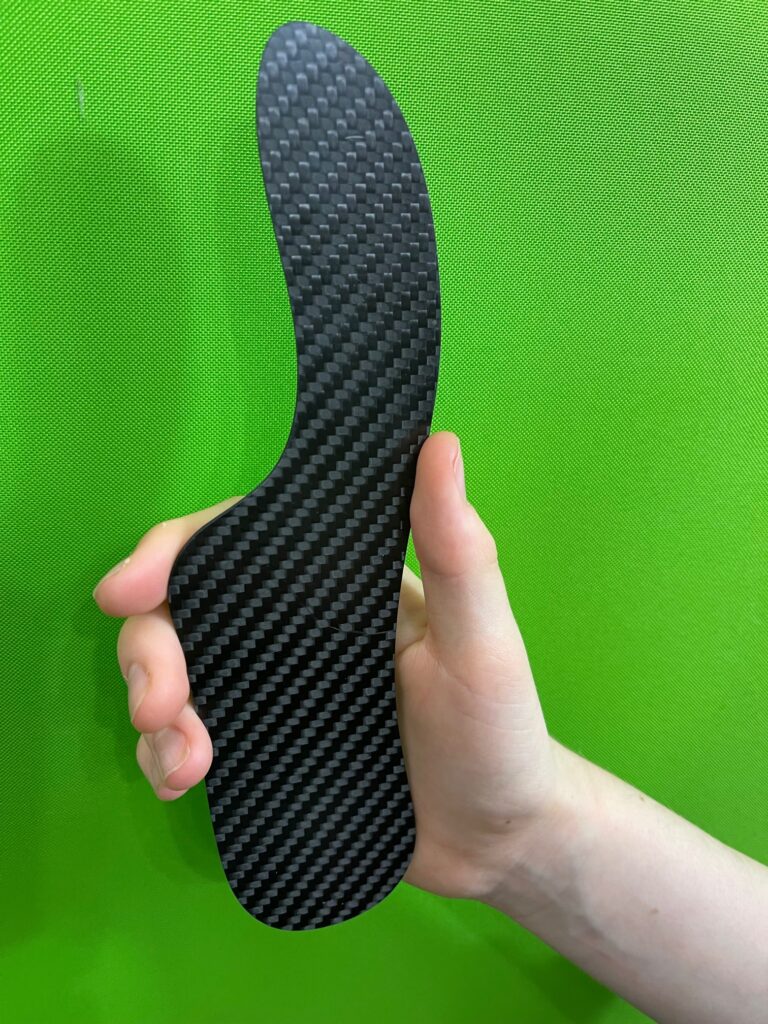I have been using these a bit lately. You know, you have a run of something in the clinic and then don’t see it for months. at the moment its using the carbon fibre plates for hallux rigidus.
I do have a bit of dilemma using them. Yes, they do work really well for hallux rigidus and pretty much every one that I have used them on lately has had a good outcome and that is supported by the evidence. However, I also know that they are going to interfere with the windlass mechanism and affect thing like Bojsen-Mollor high gear, low gear concept. We just do not know the long term impact of interfering with that. However, on the other hand, neither of those mechanisms is working too well becasue of the hallux rigidus. I guess this is just one of those occasions where you have to weigh up the options and make the compromise to get a good clinical outcome.
Personally, I prefer the ones that are more of a Mortons extension as that still does allow a somewhat more normal function of the lessor metatarsophaplangeal joints, so the compromises are not as much is the carbon plate covered the whole forefoot area.



